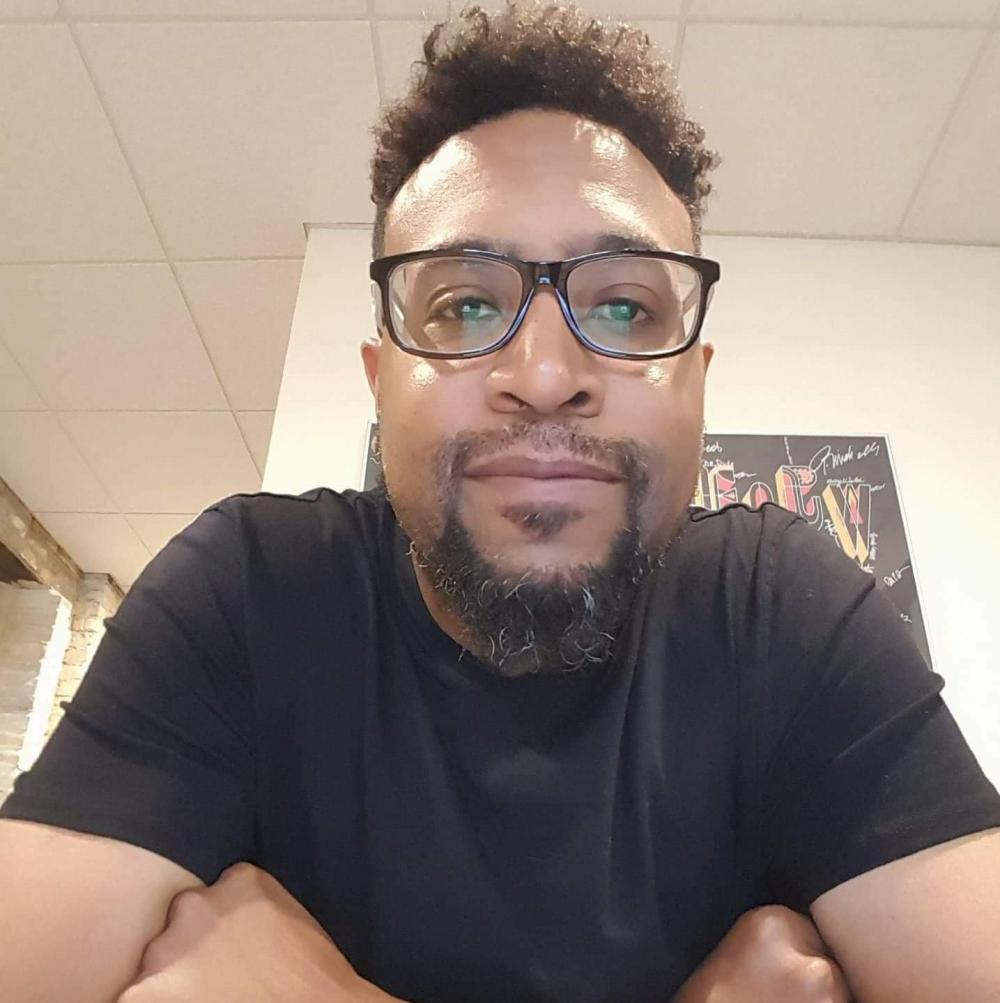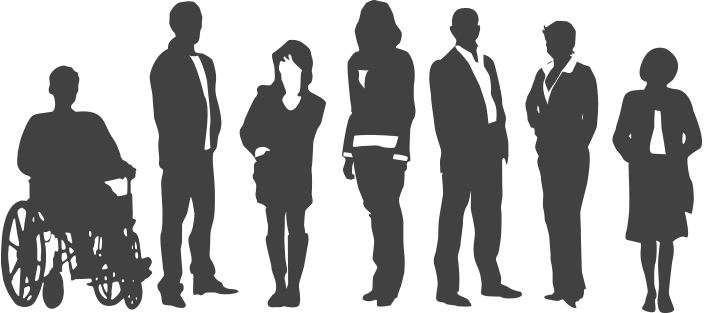Cultural Competence: The first step is inclusion

Personally, our resolutions always seem to revolve around family, health and wellness. Rightfully so, there are few things more important. Professionally, our resolutions can be all over the place – depending on our roles and tenure with our organizations. Something that I hear from my colleagues more often this year is a pledge to be more inclusive. Hearing so many people say this is music to my ears. And they are more than saying it – I trust that they really mean it. I hope they’re singing the same tune after they realize what it requires.
In.clu.sion is the action of including or being included within a group or structure. I find it ironic that such a short definition, demands such a long look at what actions we now take daily, weekly, monthly etc. (or don’t take) to include those not already part of our ‘group or structure’.
It’s human nature to take the path of least resistance – the easier way – the way we are most comfortable with. Continuing the status quo and expecting a diverse well-connect collaborative community is, of course, a different definition - that of insanity. So how can we be part of the solution? We get more comfortable being uncomfortable. You notice that I’m using pronouns like “we” and “us.” I am on the same journey – we all are, regardless of race, gender, age, ethnicity, orientation, identity, religion, or ability.
We need to be intentional about getting new faces around the table. It won’t just happen – there are too many barriers and too much momentum pulling the other way. And with these new faces at the table, we’ll want to listen to what they have to say, the questions they ask, and the observations they make. Are we still filling our event tables with the same ol people? Or with our partners. If your partner is anything like mine, they probably secretly would love if you’d ask a mid-level nonprofit professional, or program volunteer, or emerging community leader to these events… anybody but them <laughs>.
 We all go to WAY too many events – it’s the life’s blood of our work. What would happen if we asked someone new from ‘that-one-community’ or organization to join us?
We all go to WAY too many events – it’s the life’s blood of our work. What would happen if we asked someone new from ‘that-one-community’ or organization to join us?
When was the last time you bought tickets to an event without having a table of people you already know to sit with? Meeting people where they are and sharing in what they value is another form of inclusion. Let’s put ourselves in new and different surroundings on purpose. What would happen this year if we all sat down at different tables, with new groups, in new structures? Let’s find out! Maybe we’ll meet each other there.
Changing a culture starts by changing the hearts-n-minds of the people who make-up that culture. If you are a senior leader in your organization, driving cultural change may be your number one priority. If you are on the front lines and still working your way towards the top; know that cultural competence is quickly becoming one of most important skill sets you can have. In either case buckle-up and keep your arms-n-legs inside the ride at all times. Learning to be a more inclusive person (and organization) takes courage, practice, time and… and yes - resolve.
